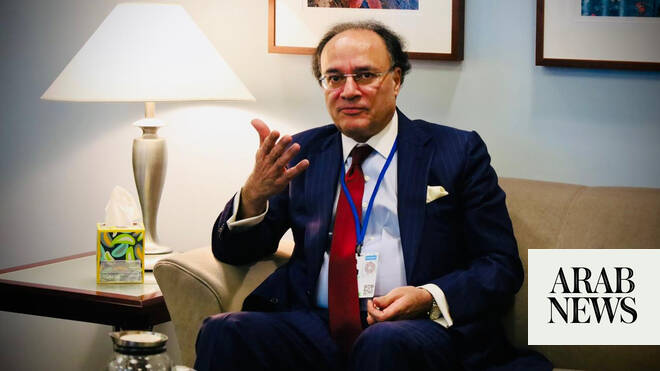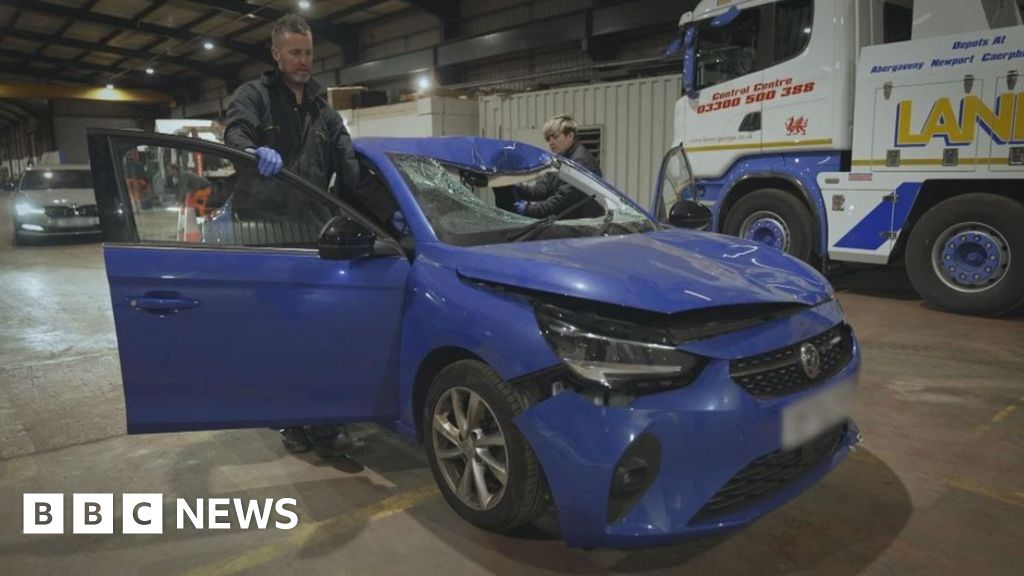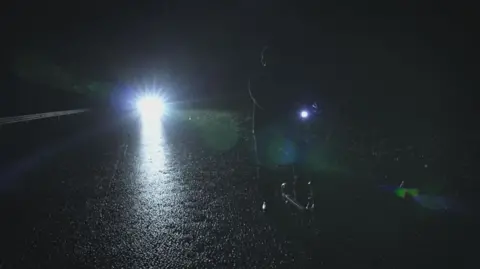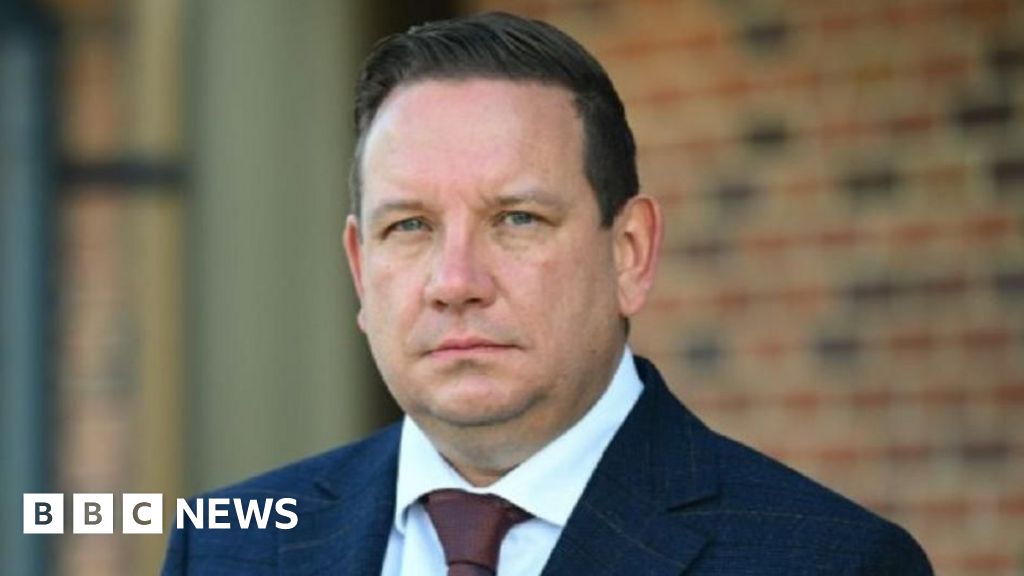Pakistan’s sesame exports to China surge 87% as Beijing’s edible oil demand grows
ISLAMABAD: Pakistan’s sesame seed exports to China jumped 87% in the first nine months…

ISLAMABAD: Pakistan’s sesame seed exports to China jumped 87% in the first nine months…

What if the key to cleaner, cheaper fuel wasn’t waiting for tomorrow’s technology but was already here?
In 2021, the State of Nebraska rolled out a fleet of 50 vehicles — Dodge Avengers and Chargers and Ford Fusions — for a trial, swapping regular gasoline for E30, a 30% ethanol blend.
The goal was to answer a question for the future of clean energy: Can standard cars run reliably on higher-ethanol fuel without modification? If these workhorses within the state motor pool could handle higher-ethanol fuel without trouble, it could change what drivers everywhere put in their tanks.
And, it could have a positive ripple effect throughout the state.
“Nebraska’s bioeconomy isn’t abstract; it’s embodied in this study,” said Rajib Saha, Richard L. and Carol S. McNeel Associate Professor of Chemical and Biomolecular Engineering, who led the study alongside graduate researcher Adil Alsiyabi and undergraduate student Seth Stroh. “It’s about corn farmers seeking new markets, rural towns gaining value and policymakers finally having concrete evidence that small tweaks could yield big wins — for the state, the climate and the bottom line.
“This project was not the work of an industry lobby or an outside consultant. It began in the Department of Chemical and Biomolecular Engineering at the University of Nebraska–Lincoln, co-funded by the Nebraska Corn Board and the Nebraska Ethanol Board, and it’s indicative of the innovative, practical and high-impact research that has become synonymous with this department.”
Each vehicle was outfitted with onboard diagnostic (OBD) trackers. Over the span of a year, the cars drove the Cornhusker state’s backroads and highways, and the trackers collected millions of data points.
The results were shared in a report:
This work also was published in a peer-reviewed journal, and ethanol and energy publications called it a breakthrough, according to Saha. The Nebraska Ethanol Board championed the results as proof that E30 could work in everyday vehicles.
Saha also noted that it provided empirical evidence that higher ethanol blends could deliver both savings and sustainability through modest MPG changes and big cost savings; no hardware failures or check-engine nightmares; and data-driven environmental benefits tied directly to corn-based ethanol.
Phase II launched in 2023, and as of mid‑2025, nearly 94 state vehicles have logged hundreds of thousands of miles on E30.
“E30 is safe, effective and economically viable,” Saha said. “The results of this project are reinforcing the idea that higher ethanol blends aren’t fringe — they’re practical and scalable.”
The data could reshape Nebraska’s economy.
“Nebraska’s bioeconomy isn’t abstract — it’s about corn farmers seeking new markets, rural towns gaining value and policymakers finally having concrete evidence that small tweaks could yield big wins: for the state, the climate and the bottom line,” Saha said. “This isn’t just about fuel. It’s about leadership and about a department not asking, ‘Could this work?’ but ‘Why couldn’t it work?’ This team transformed every day vehicles into agents of change — bridging cornfields with cutting-edge data science.”
As part of the core project team, Loren Isom, associate director of the University of Nebraska Industrial Agricultural Products Center, emphasized that fuel economy should be viewed through the lens that matters most to drivers: cost per mile. Interim data from the Phase II study confirms that vehicles operating on E30 fuel blends are delivering savings, with the 2003–2019 vehicle group recording a 20% lower operating cost or 16 cents per mile on E30 versus 20 cents on E10.
That kind of evidence is why the Nebraska Ethanol Board views the effort as more than an experiment.
“The E30 demonstration is a terrific project for Nebraska,” said Ben Rhodes, director of the board. “This is one-of-a-kind research that is adding real value to the state. We’re showing that mid-level blends of homegrown ethanol are safe and effective across the entire US light-duty fleet, as well as demonstrating that E30 is viable under real-world market conditions.”
So far, the State of Nebraska has utilized more than 600,000 gallons of E30 fuel in the study, saving more than $300,000 in fuel costs and adding nearly $400,000 in value to Nebraska’s ethanol producers.
“It’s clear this is moving in the right direction toward the long-term goal of widespread E30 adoption and use,” Rhodes said.

Jenny CastertonProducer, The Crash Detectives
 BBC
BBCAn electric scooter rider who died at the scene of a late-night crash had been travelling…

OpenAI on Tuesday unveiled ChatGPT Atlas, a long-anticipated artificial intelligence-powered web browser built…

Fantastic Finish: Thunder outlast Rockets in 2OT on ring night.
OKLAHOMA CITY — The Thunder needed a Game 7 to prove it was the best team last season, then two overtimes to open this season and show that … not much has changed?
Perhaps….

9pm, U&Alibi
There’s an explosive start to this US action thriller when a bomb rips apart a secret underground prison in Wyoming – and the nation’s most dangerous serial killers escape. It’s up to former FBI profiler…

Steve KnibbsGloucestershire and
Carys NallyBBC News, West of England
 BBC
BBCA student who tried to take his own life wants to raise awareness of issues around male mental…

The copy of Pride and Prejudice that Prince Albert read to Queen Victoria will go on public display for the first time at Windsor Castle later this month.
George IV’s specially bound copy of Emma, personally dedicated by Jane Austen to the future…

Austen’s Pride and Prejudice was read by Queen Victoria and Prince Albert together and the monarch recorded in her journal in July 1853 that her husband read it to her as she recovered from measles.
George IV, an avid reader of novels, kept a set…

Rachel RussellSouth of England
A police chief has shared how “incredibly challenging” working in the…